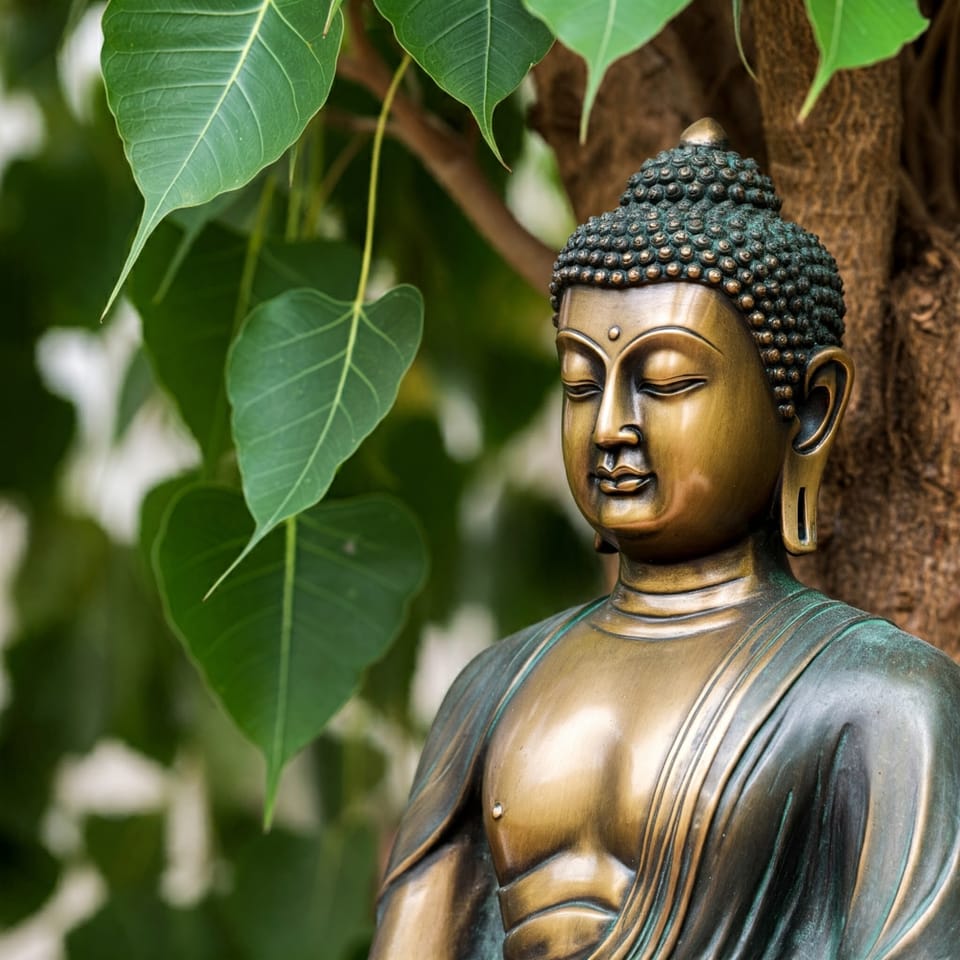Buddhism - Significance of Namo Tassa Bhagavato Arahato Samma Sambuddhassa

नमो तस्स भगवतो अरहतो सम्म सम्बुद्धस्स
Namo Tassa Bhagavato Arahato Samma Sambuddhassa
In Buddhist tradition, the phrase "नमो तस्स भगवतो अरहतो सम्म सम्बुद्धस्स" (Namo Tassa Bhagavato Arahato Samma Sambuddhassa) is a foundational chant used to express reverence and veneration for the Buddha. This salutation is commonly recited at the beginning of many Buddhist ceremonies, meditations, and teachings, particularly in Theravada Buddhism. Here’s an exploration of its meaning and significance:
- "Namo Tassa Bhagavato Arahato Samma Sambuddhassa" - This phrase can be broken down as follows:
- Namo: A term of homage or salutation, meaning "I bow" or "I pay respect," expressing devotion and reverence.
- Tassa: "To him," referring to the Buddha.
- Bhagavato: "The Blessed One" or "The Exalted One," acknowledging the Buddha's revered and enlightened status.
- Arahato: "The Worthy One" or "The Perfect One," signifying the Buddha as someone who has eradicated all defilements and attained liberation.
- Samma Sambuddhassa: "The Perfectly Self-Awakened One," highlighting the Buddha's complete and self-realized enlightenment, achieved through his own efforts and insight.
- Purpose of the Chant - This verse serves as a reverential salutation and an expression of deep respect and veneration towards the Buddha for his wisdom, enlightenment, and the teachings (Dharma) he shared for the liberation and well-being of all sentient beings. Chanting this phrase is a way to center the mind, cultivate gratitude, and align oneself with the qualities of the Buddha, such as compassion, wisdom, and mindfulness, before engaging in further practice or study.
- Spiritual Significance - Reciting "Namo Tassa Bhagavato Arahato Samma Sambuddhassa" is not merely a formality but a profound act of devotion that prepares the practitioner for deeper engagement with the Buddha's teachings. It serves as a reminder of the Buddha's exemplary life and the path he laid out for overcoming suffering (Dukkha) through the Eightfold Path and the Four Noble Truths. This